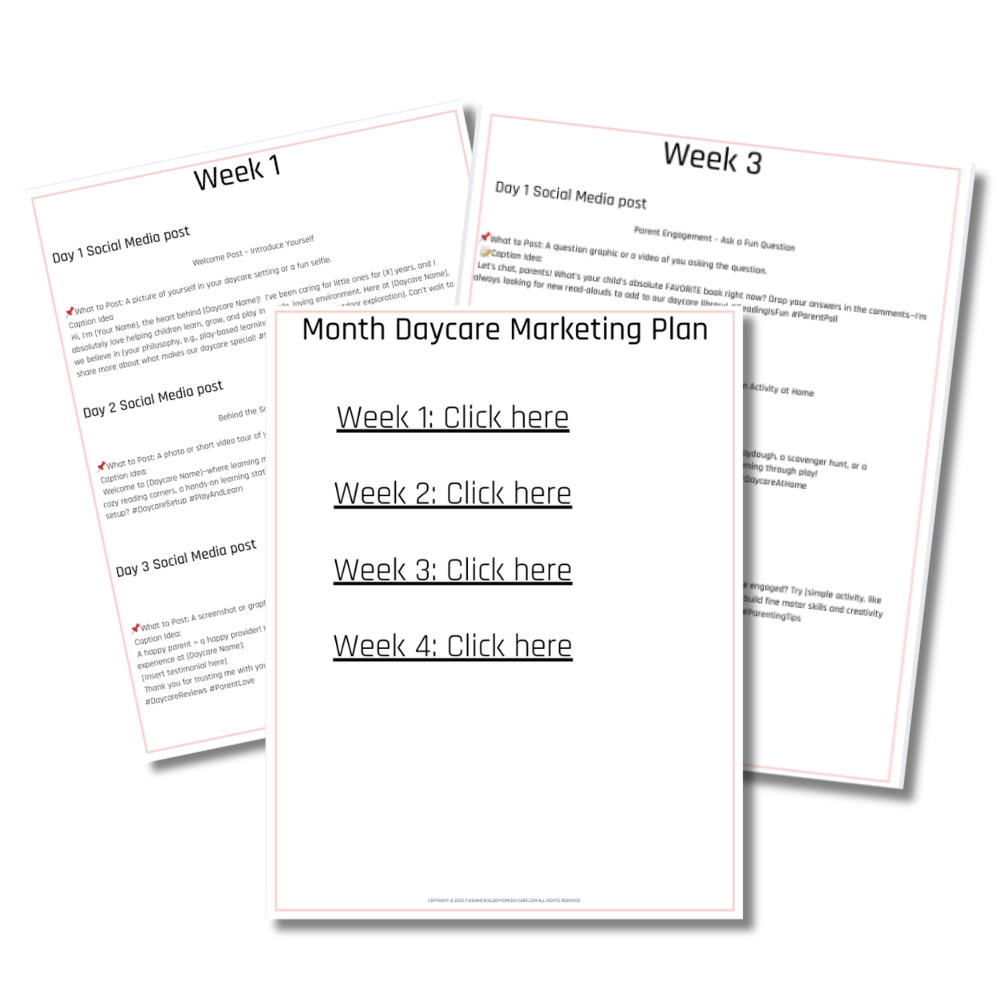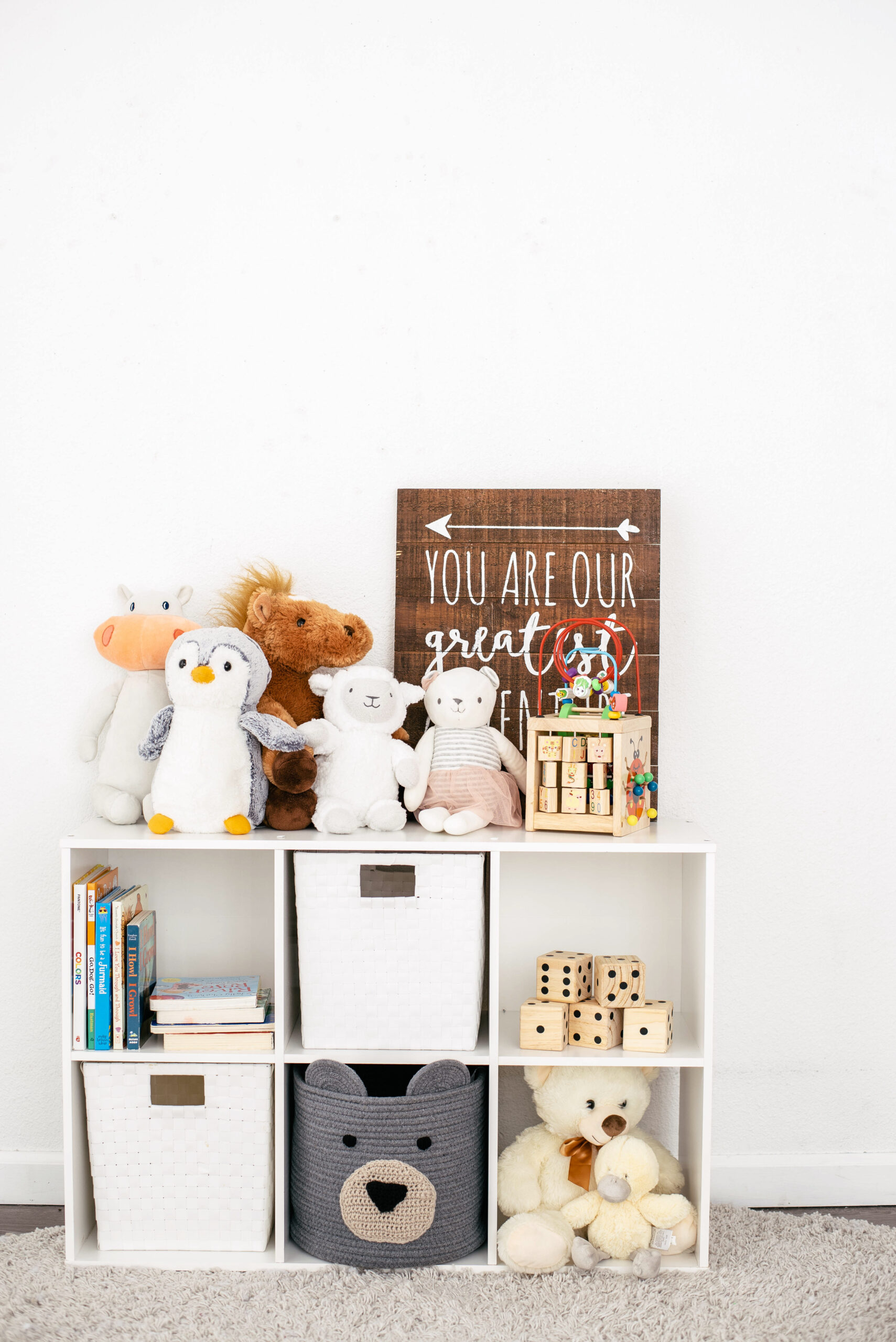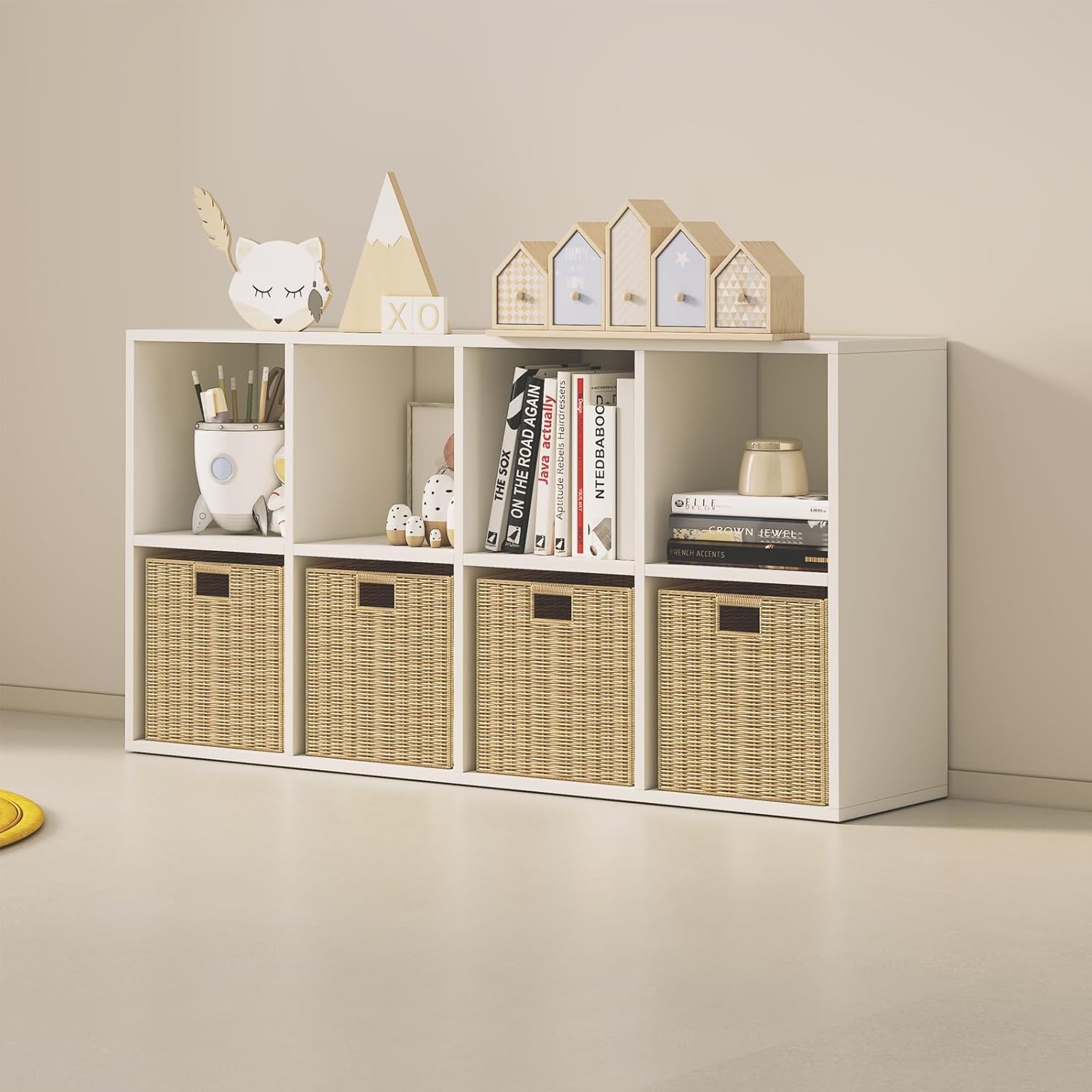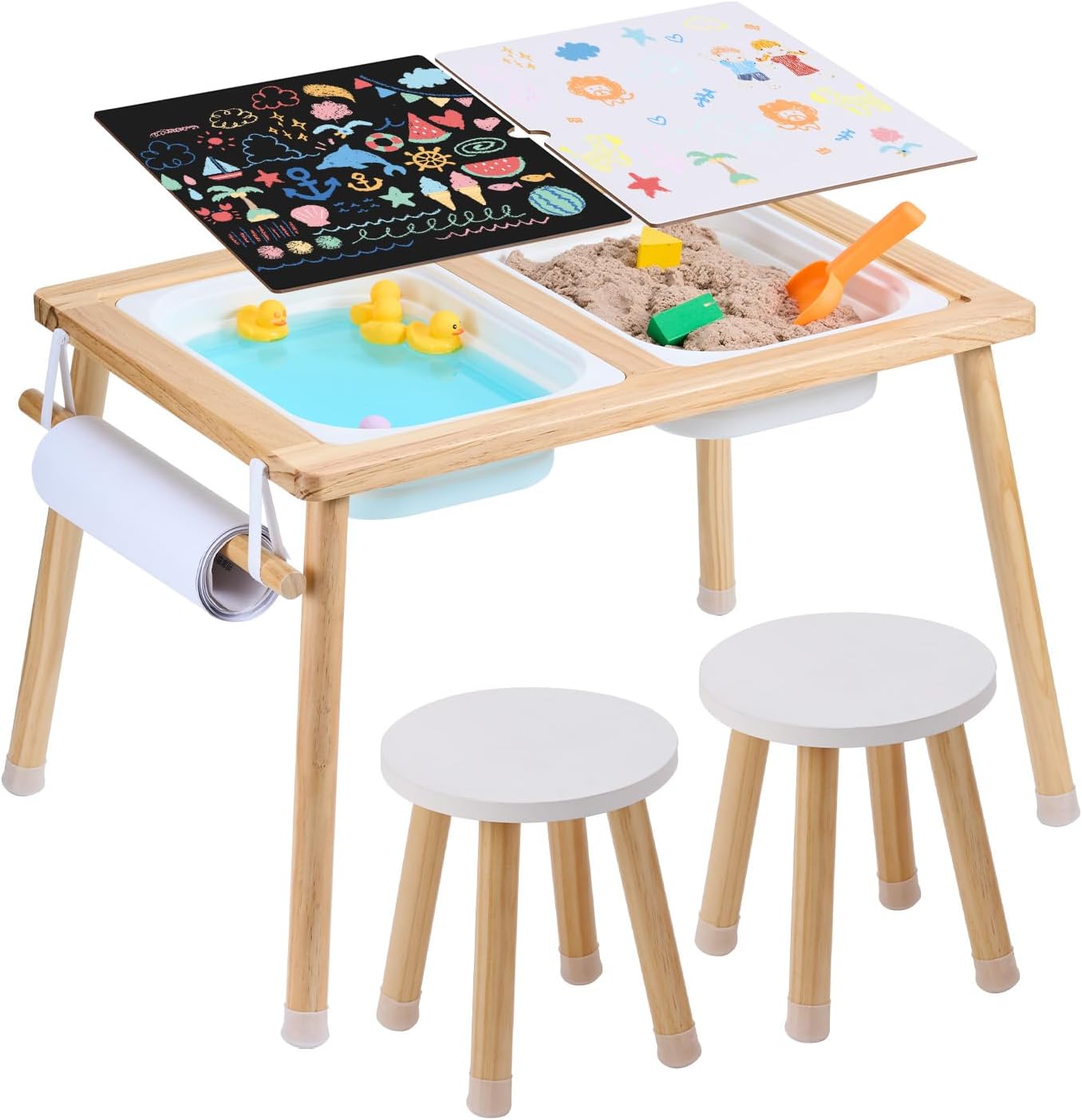This post may contain affiliated links, which means I’ll receive a commission if you purchase through my link, at no extra cost to you. Read the full disclosure statement here.
This blog post is all about designing a daycare.
Are you in the beginning stages of opening a daycare or revamping one? Designing a daycare can be so much fun, but oh so stressful!
Designing a daycare isn't just about choosing the colors and toys~ it's about creating a safe, loving, and nurturing environment that will help the children grow and learn.
We're going to talk about the impact that having the right daycare design layout has on the children, and things to think about in your daycare space!
Related posts: How To Start A Daycare At Home, Opening A Daycare? Here Is What You Need To Know!
DESIGNING A DAYCARE
Does Design Impact Learning
Yes! A well-organized and uncluttered space with clearly defined learning areas encourages independence and exploration.
A clutter-free space and an intentional layout of the space will promote creativity and problem-solving skills, which set up a strong foundation for child development.
Having designed play spaces for blocks, imaginative play, arts, and a science table allows a variety of hands-on learning.
When your daycare room is inviting, calm, uncluttered, and organized, it promotes learning styles for all children!
Daycare Layout
When planning your daycare layout, safety should be at the forefront of all decisions. You want to see every child, regardless of where they are in the room. Safety exits need to be easily accessible. All walkways and hallways need to be clear of clutter.
Envision your space. How do you see the movement throughout your space? Are there any areas that could be high traffic or easily congested? What can you do to eliminate or lower that as a problem? Use the furniture to break up spaces so running isn't an option.
I love having different "zones" for my daycare room. I create these different zones with furniture, floor mats, and shelving. When you create defined play areas, it's easier to teach expectations for each area, easier clean up, smoother transitions, and endless creativity.
Pictured below are some of my favorite furniture items I use to define my play areas in my daycare room.
The zones I currently have are blocks/cars/trains, kitchen, dramatic play, library, sensory table, and we use our eating table for the craft area.
Small Daycare Room Ideas
In small daycare spaces, every piece of furniture should be multi-purpose. Seating in the library can act as storage for books and stuffed animals. Changing the books out by season or theme declutters the library area. The sensory table can also be the arts and crafts area.
Think vertically! Utilize your wall spaces to hang baskets, peg boards, and shelving low enough for the kids to safely reach. Rolling carts can hold the arts and crafts supplies. Or peg boards can hold hanging buckets for the art supplies.
Use stackable bins and cubbies with picture labels, giving everything a home without the clutter.
Opt for fold-up tables, stackable chairs, and high chairs to free up space when not using them.
Declutter the toys! Only have a few options out on shelves and rotate them every few weeks. This opens your space but also makes everything feel fresh and new, keeping the creativity alive in the children. Bonus, it makes clean up easier!
Choose light and neutral paint and furniture. You want the area to feel larger than it really is, open, and airy. Dark walls and furniture will make the space feel small and closed off.
I'd almost argue that having defined learning areas in small spaces is even more important than larger areas. It's doable if you get creative and think outside of the box.


This blog was all about designing a daycare.
Related posts: Daycare Advertising Ideas That Work



